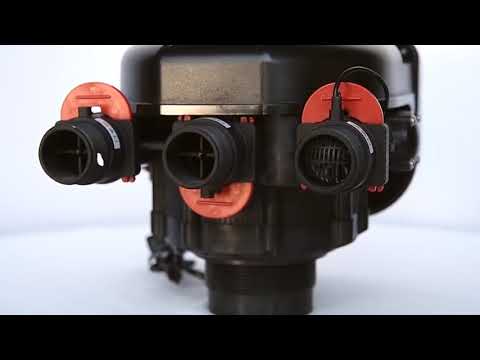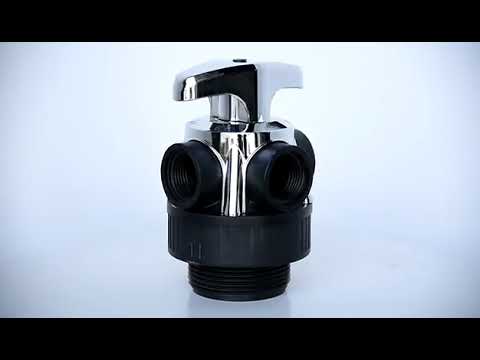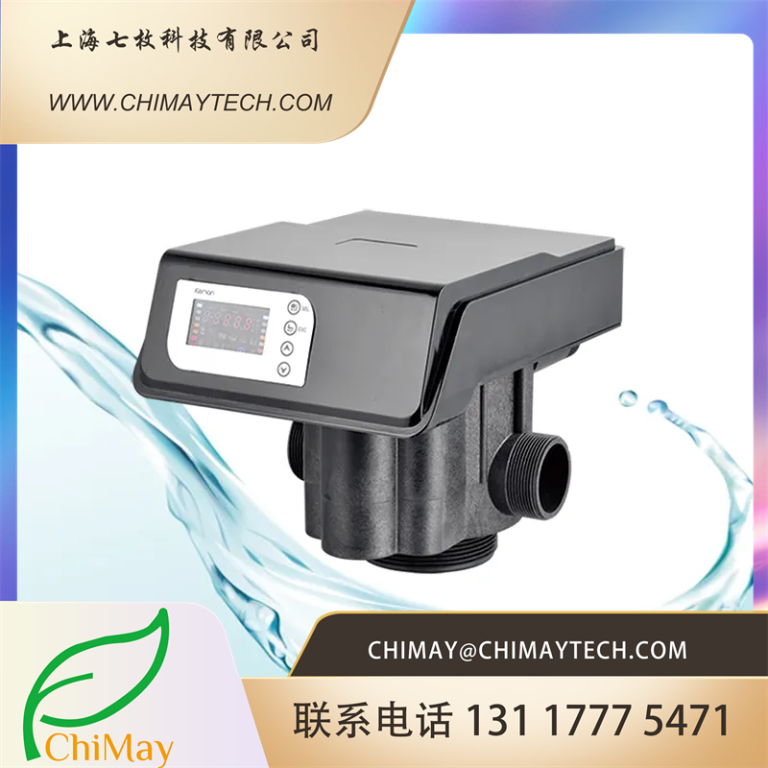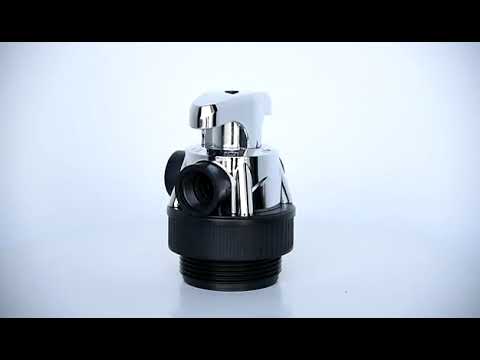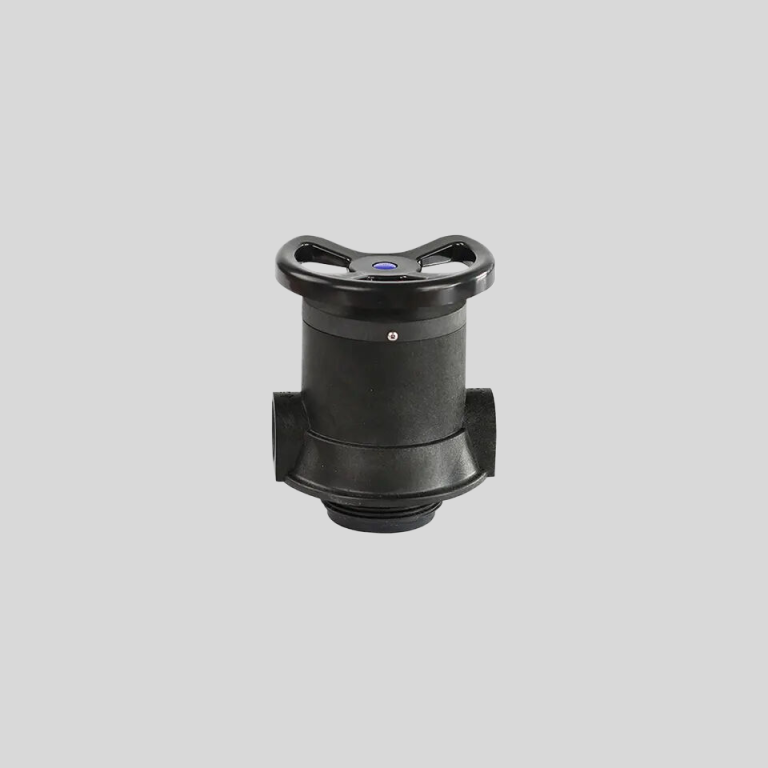Benefits of Using a Water Softener Brine Tank Float Valve
Water softeners are essential appliances in many households, as they help to remove minerals such as calcium and magnesium from water, which can cause limescale buildup in pipes and appliances. One important component of a water softener is the brine tank, which is used to hold the salt or potassium chloride that is necessary for the regeneration process. The brine tank float valve is a crucial part of this system, as it helps to regulate the amount of water that is used during the regeneration process.
| Category | Type | Model | Inlet/Outlet | Drain | Base | Riser Pipe | Brine Line Connector | Water Capacity m3/h |
| automatic softener valve | Downflow Type | ASD2 | 1/2″, 3/4″, 1″ | 1/2″ | 2.5″ | 1.05″ OD | 3/8″ | 2 |
| ASD4 | 1/2″, 3/4″, 1″ | 1/2″ | 2.5″ | 1.05″ OD | 3/8″ | 4 | ||
| ASD10 | 2″ | 1″ | 4″ | 1.5″D-GB | 1/2″ | 10 |
One of the main benefits of using a water softener brine tank float valve is that it helps to ensure that the regeneration process is carried out efficiently. The float valve is designed to automatically shut off the flow of water into the brine tank once it reaches a certain level, preventing overfilling and ensuring that the correct amount of salt or potassium chloride is dissolved in the water. This not only helps to conserve water, but also ensures that the water softener is able to effectively remove minerals from the water.
Another benefit of using a water softener brine tank float valve is that it helps to prevent damage to the water softener system. If the brine tank were to overflow, it could cause damage to the water softener unit, leading to costly repairs or even the need for a replacement. By using a float valve, homeowners can rest assured that their water softener system is protected from potential damage caused by overfilling.
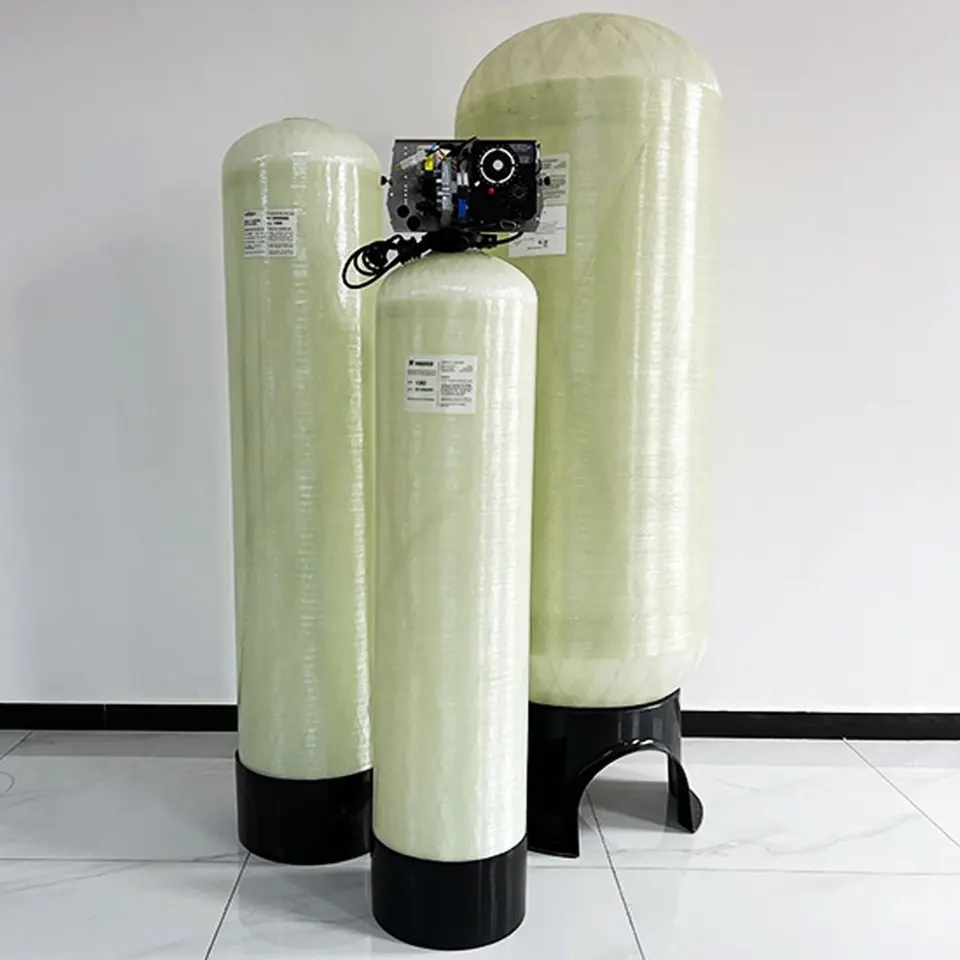
In addition to protecting the water softener system, a brine tank float valve can also help to extend the lifespan of the water softener unit. By ensuring that the regeneration process is carried out efficiently and effectively, the float valve helps to prevent the buildup of minerals in the water softener unit, which can lead to decreased performance and a shorter lifespan. By using a float valve, homeowners can help to prolong the life of their water softener system and ensure that it continues to provide high-quality softened water for years to come.
Furthermore, using a water softener brine tank float valve can also help to save homeowners money in the long run. By preventing overfilling and ensuring that the regeneration process is carried out efficiently, the float valve helps to reduce water and salt consumption, leading to lower utility bills and less frequent refilling of the brine tank. Additionally, by protecting the water softener system from damage, homeowners can avoid costly repairs or replacements, saving them even more money in the long term.
Overall, the benefits of using a water softener brine tank float valve are clear. From ensuring efficient regeneration and protecting the water softener system, to extending its lifespan and saving homeowners money, a float valve is an essential component of any water softener system. By investing in a quality float valve, homeowners can enjoy the peace of mind that comes with knowing their water softener system is operating at its best, providing high-quality softened water for their household needs.

